Who We Serve
2026 List of most vulnerable + marginalized peoples.
We are a data-driven collective of changemakers committed to restoring dignity and transforming realities for individuals and families being pushed to the margins. Join the collective effort to deconstruct the systems that isolate and threaten the wellness of our households and our neighbors.
In this space, "Marginalized groups" are individuals and families that face systemic barriers in safety, health, housing, jobs, political power, economic mobility, and legal protection. Below are the groups with the strongest stacked disadvantages across multiple systems.
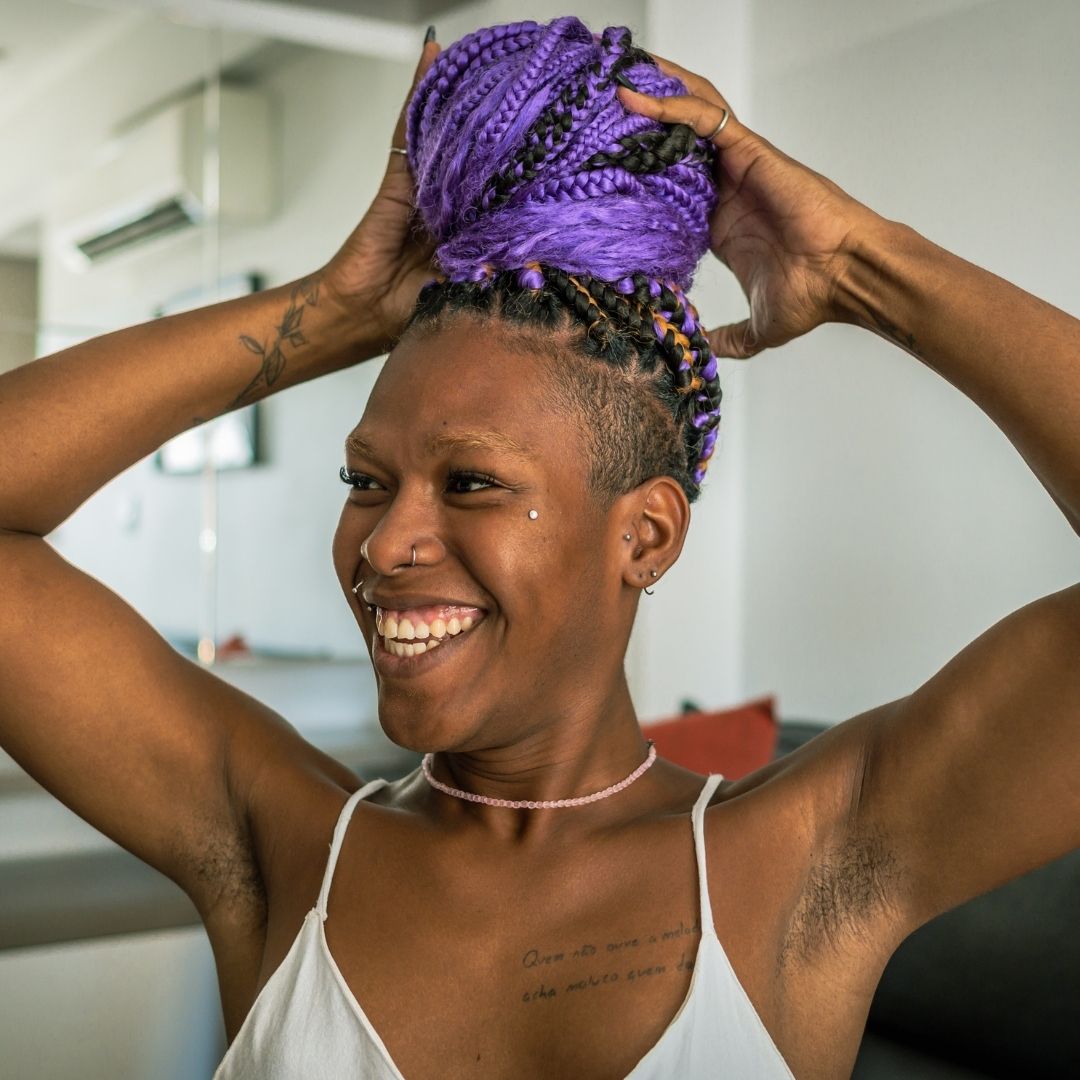
Highest rates of fatal violence among any demographic.
Extremely high unemployment and houselessness rates.
Disproportionate police violence and discrimination in healthcare.
Barriers to accessing legal documents, protection, and housing.

Highest maternal mortality rates in the developed world.
Highest rates of workplace discrimination and lower pay.
Overrepresented in poverty, domestic violence, child welfare surveillance, and police interactions.
Underrepresented in leadership even in social-justice sectors.
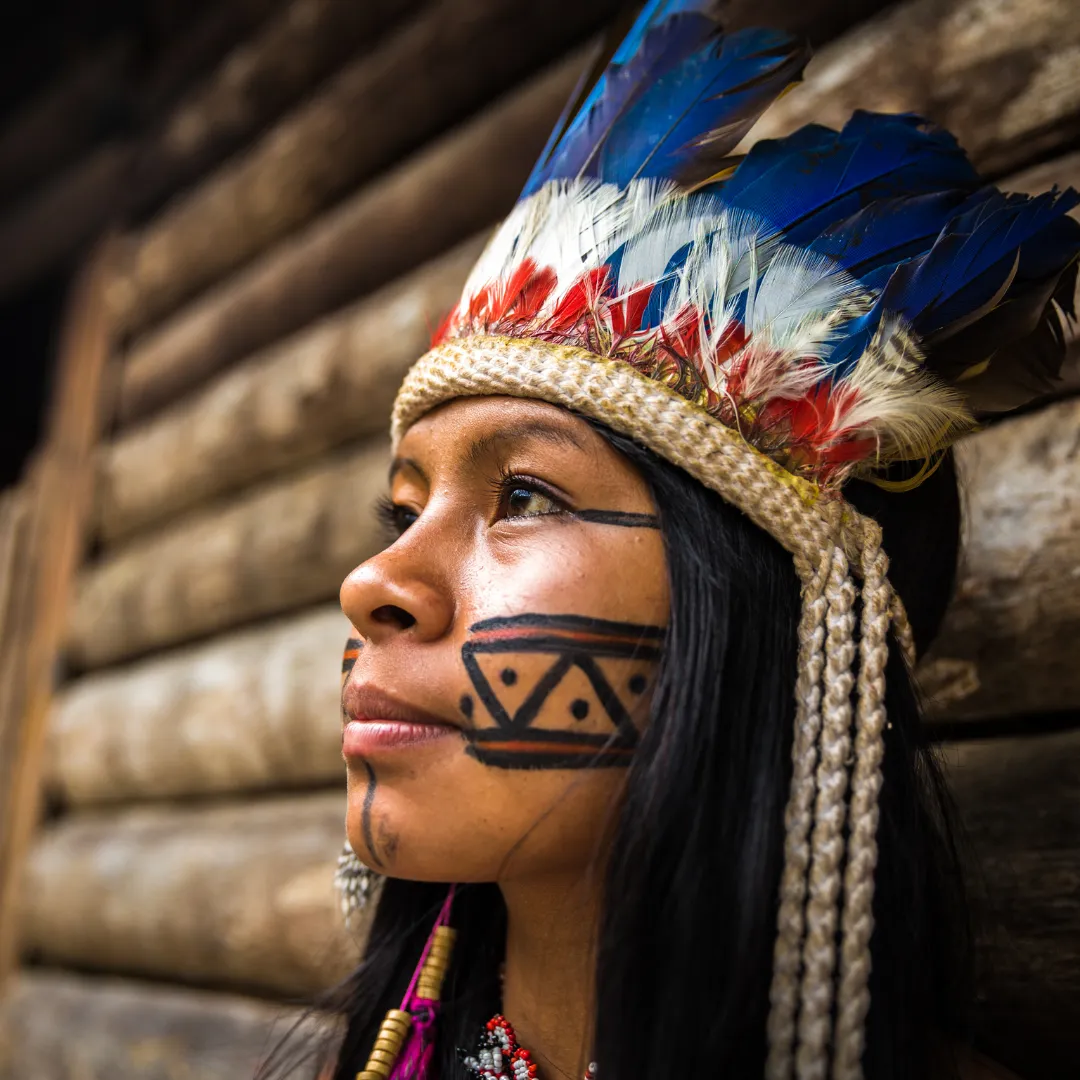
Highest rates of missing & murdered people (MMIWG2S crisis).
Extremely high levels of poverty, limited healthcare access.
Underfunded schools, housing, and infrastructure.
Political underrepresentation and jurisdictional gaps in justice.
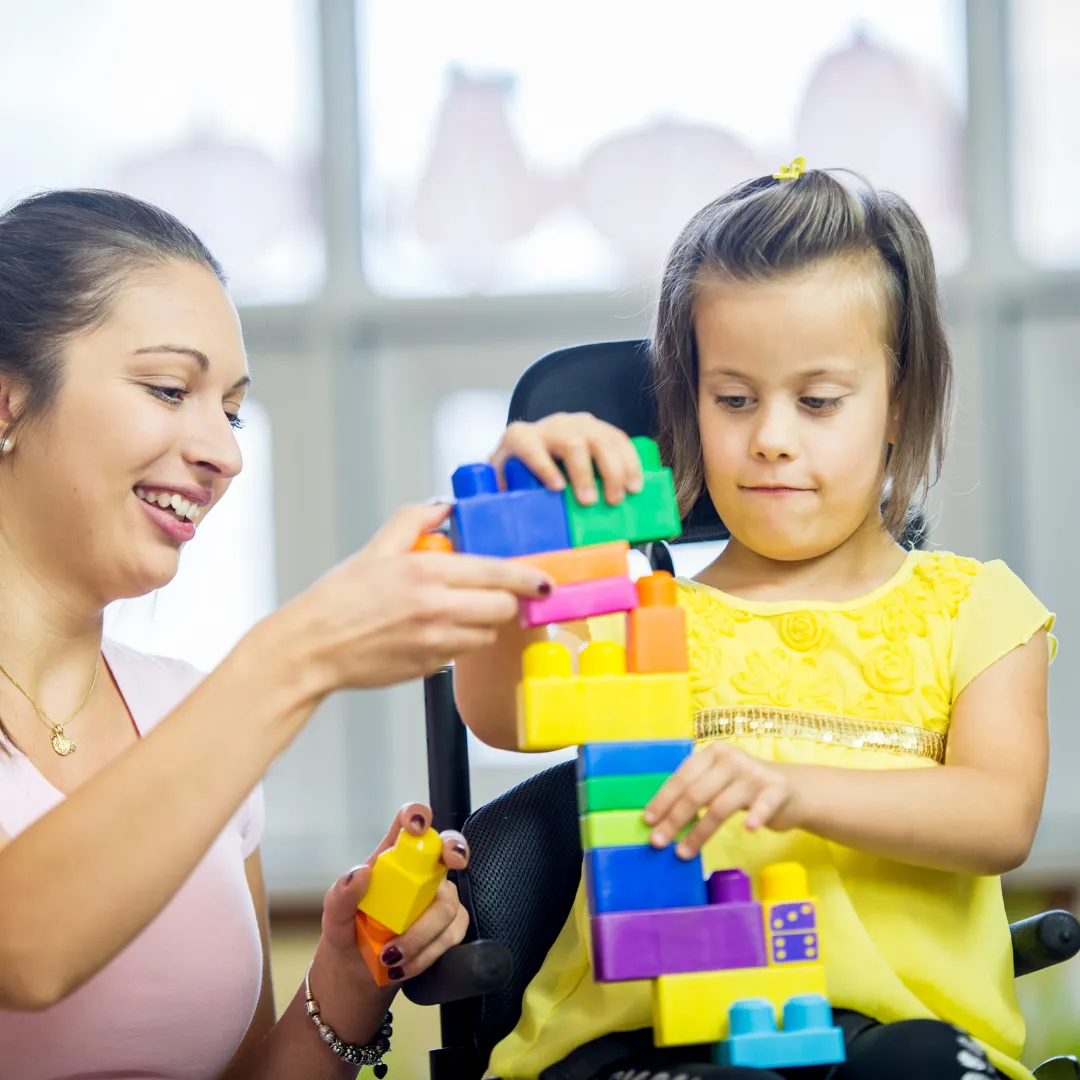
4. Disabled + Differently Abled People
Especially Black, Brown, and Low-Income Disabled People
Highest likelihood of unemployment or underemployment.
High barriers in healthcare, education, and housing access.
Police violence disproportionately impacts disabled people.
Disability services vary dramatically by state.
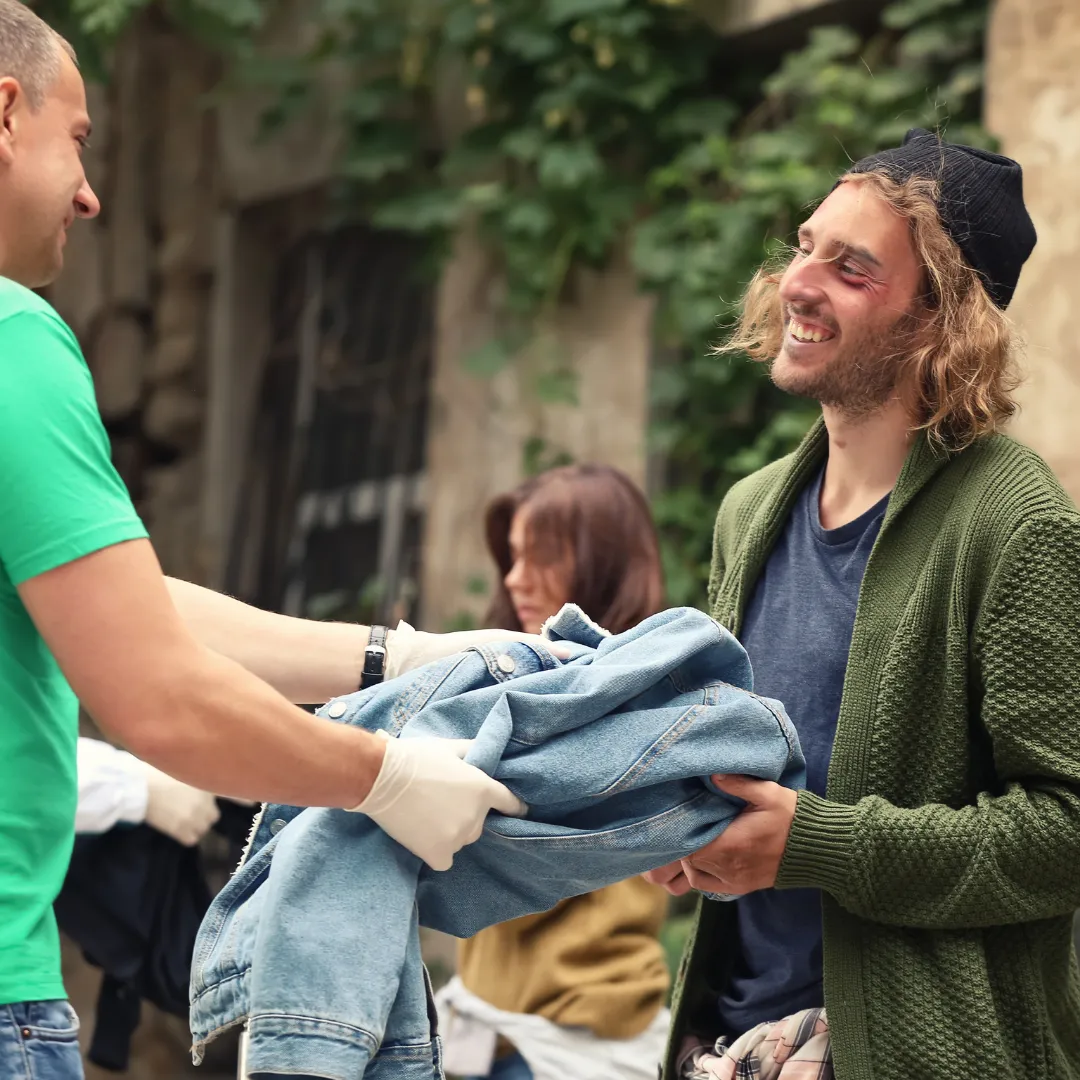
5. Unhoused Individuals
Especially families, LGBTQ+ youth, and veterans.
Lack of consistent access to safety, healthcare, and political rights.
Highest risk of criminalization for survival activity.
LGBTQ+ youth are overrepresented (up to 40% in some cities).
Families of color experiencing eviction are especially at risk.

6. Undocumented Immigrants
No federal pathway to citizenship for many.
Vulnerable to wage theft, exploitation, limited legal protections.
High risk of family separation, deportation trauma, and lack of healthcare access.
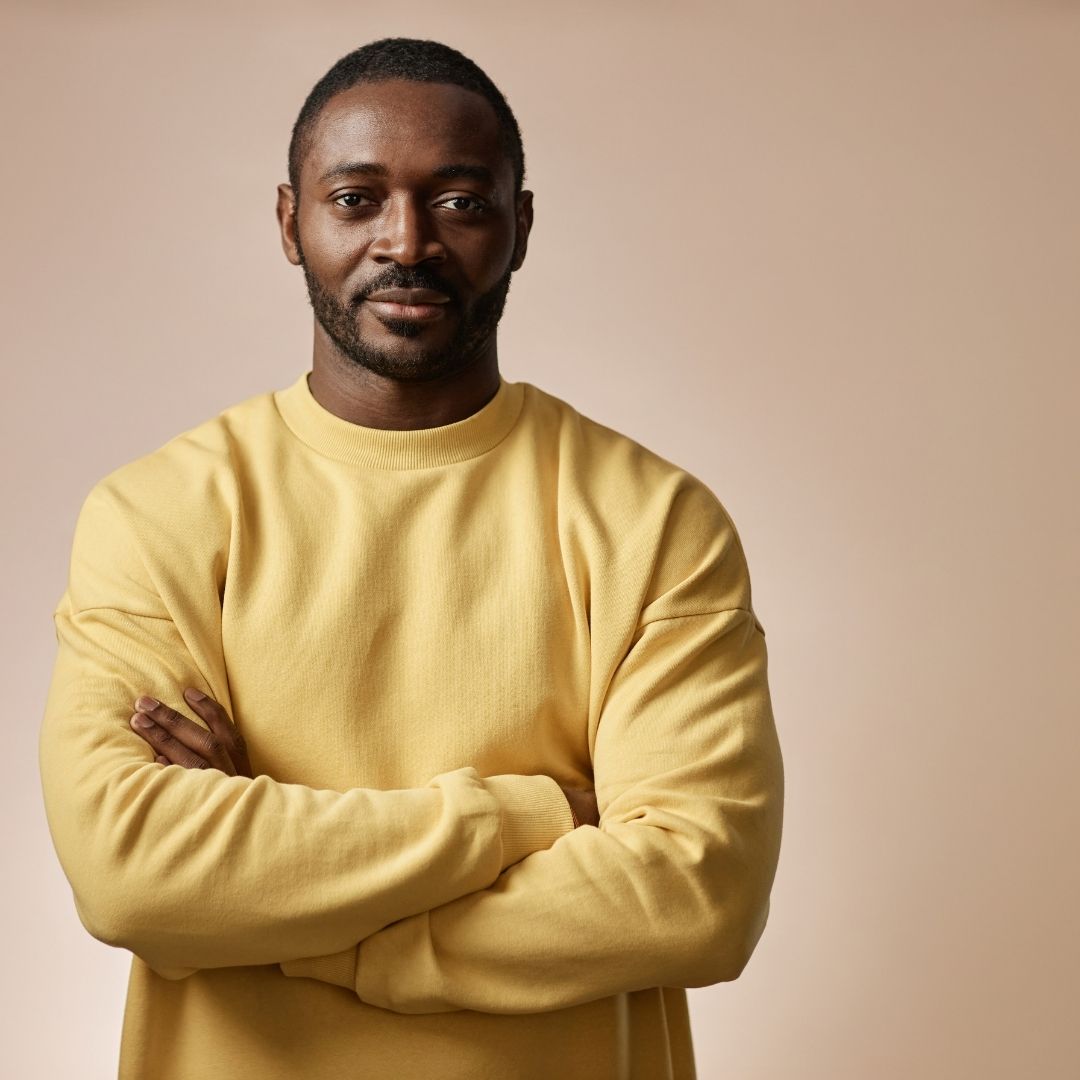
7. Black Boys & Men
Especially Low-Income, LGBTQ+, and Disabled
Highest rates of school punishment & policing starting as early as preschool.
Highest incarceration rates in the world.
Employment discrimination and short life expectancy in some regions.
Under-resourced mental-health support.
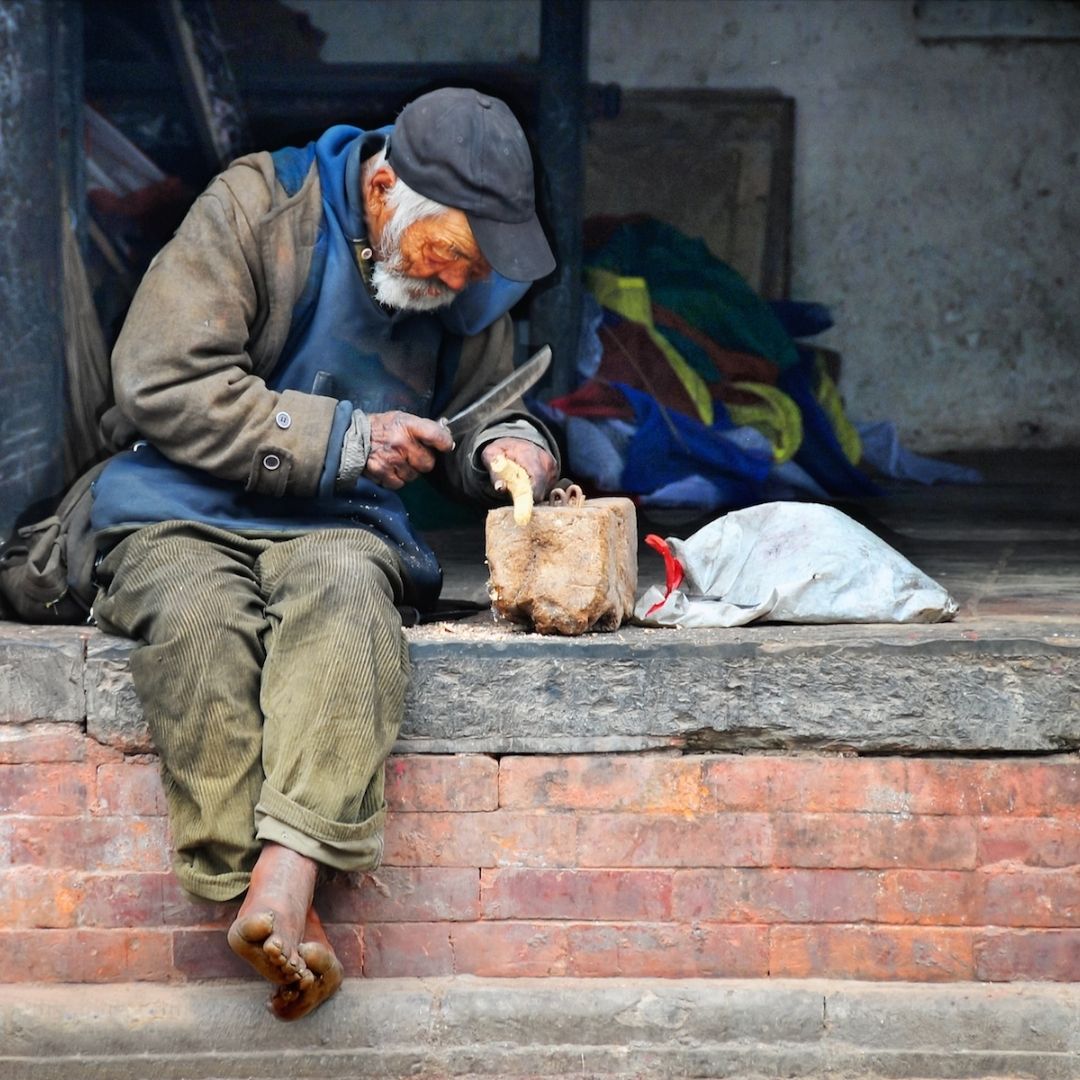
8. All People Living in Extreme Poverty
Reduced access to stable housing, food security, and healthcare.
Criminalized through fines, fees, and debt-based punishment.
Unable to influence political systems due to structural barriers.
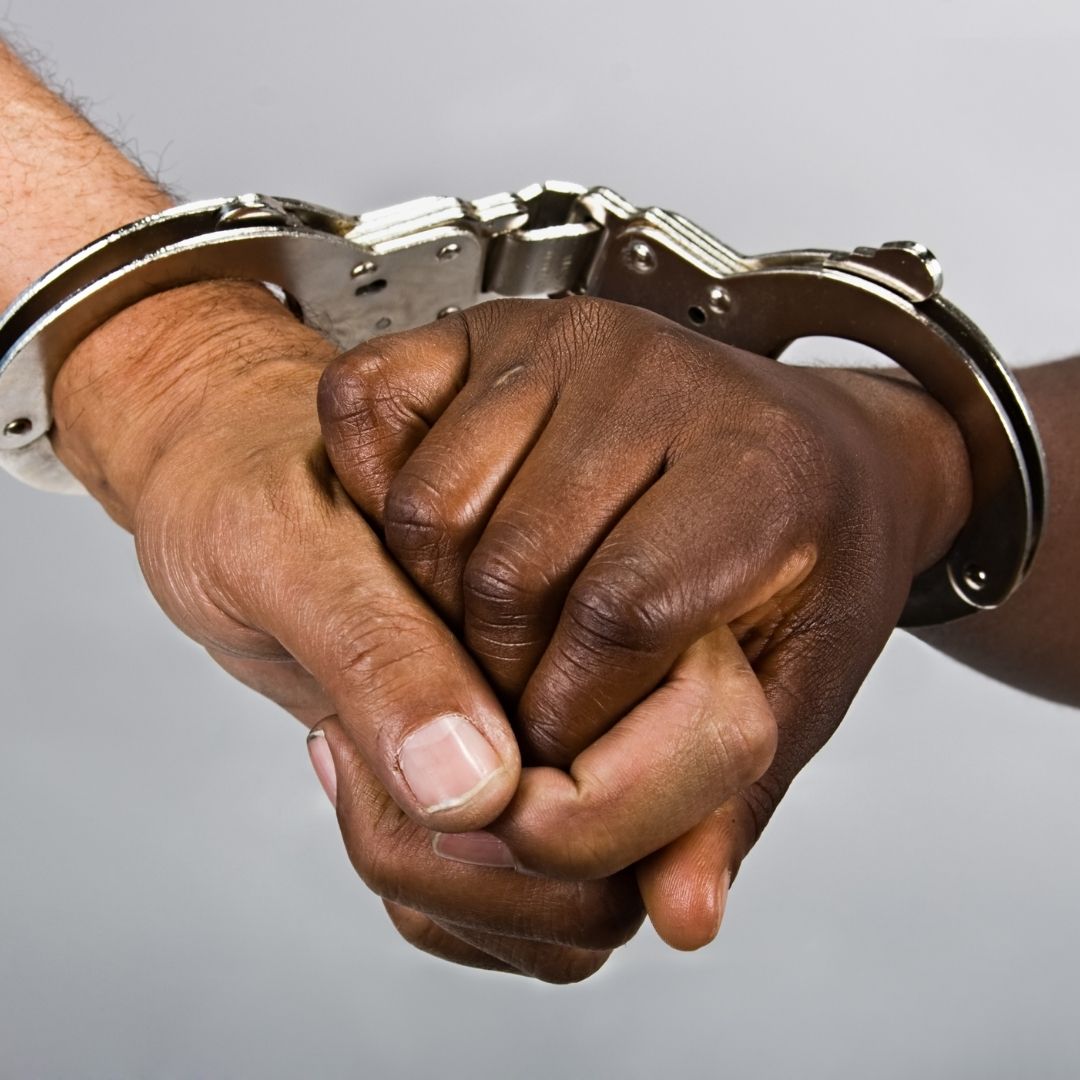
9. Formerly Incarcerated People
Denied employment, housing, lending, voting (in some states), and professional licenses.
Carry lifelong stigma even after completing sentences.
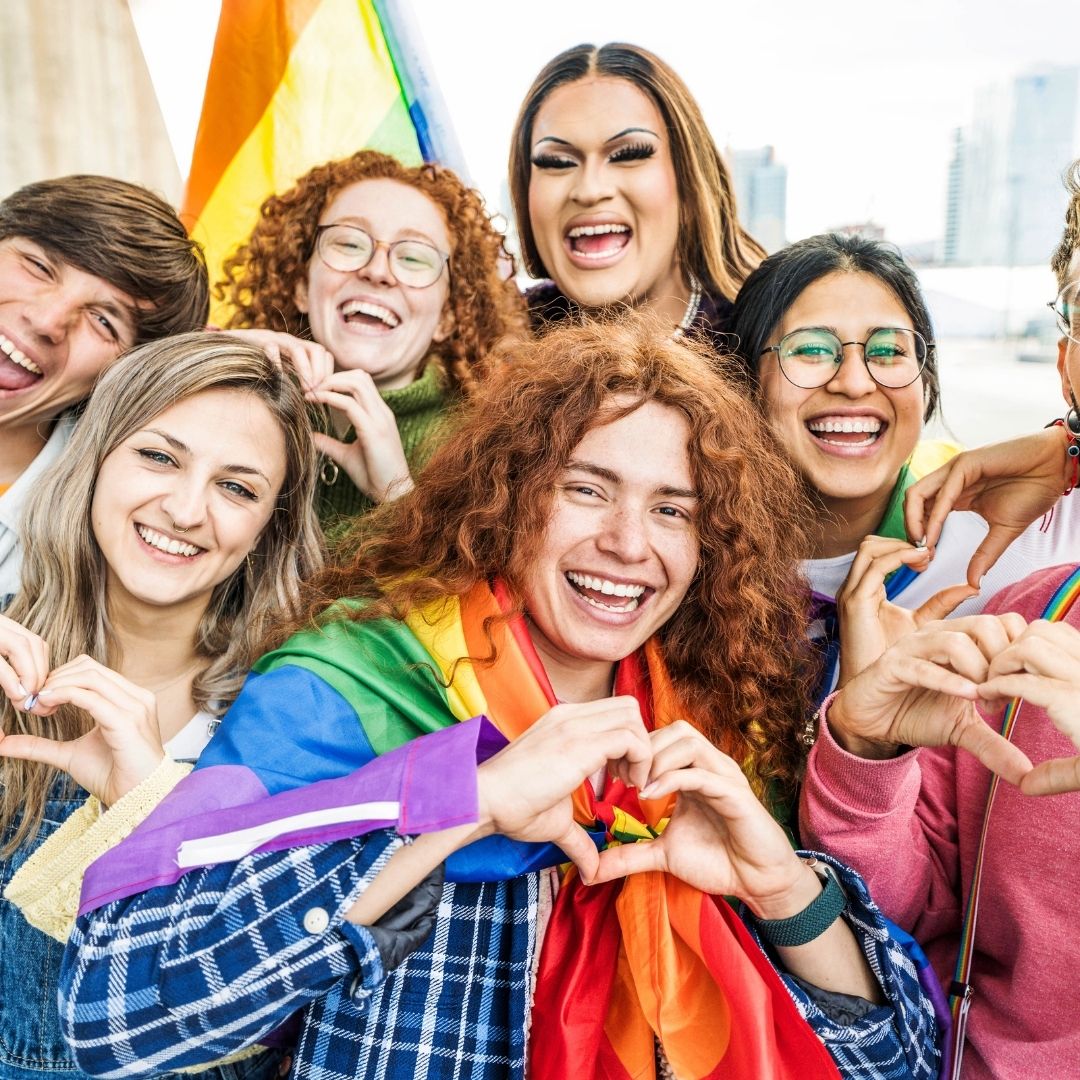
10. LGBTQ+ Youth
High rates of suicide, bullying, family rejection.
Frequent legislative attacks on healthcare, school rights, and identity.
Trans youth face bans on sports, healthcare, bathrooms.
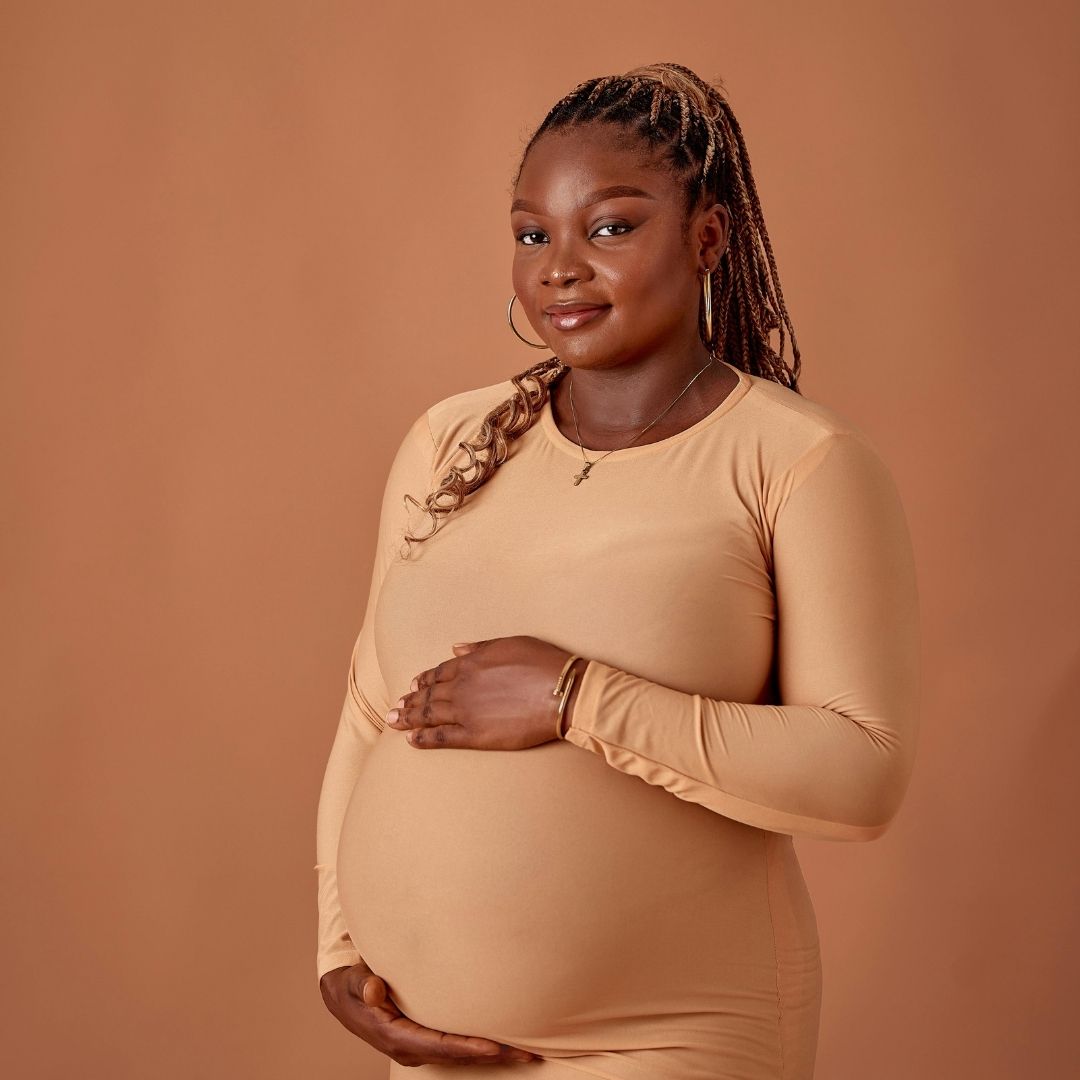
11. Black Mothers & Black Birthing People
Maternal mortality 3–4x higher than white women.
Bias in medical treatment leading to preventable deaths.
Surveillance through CPS systems.

